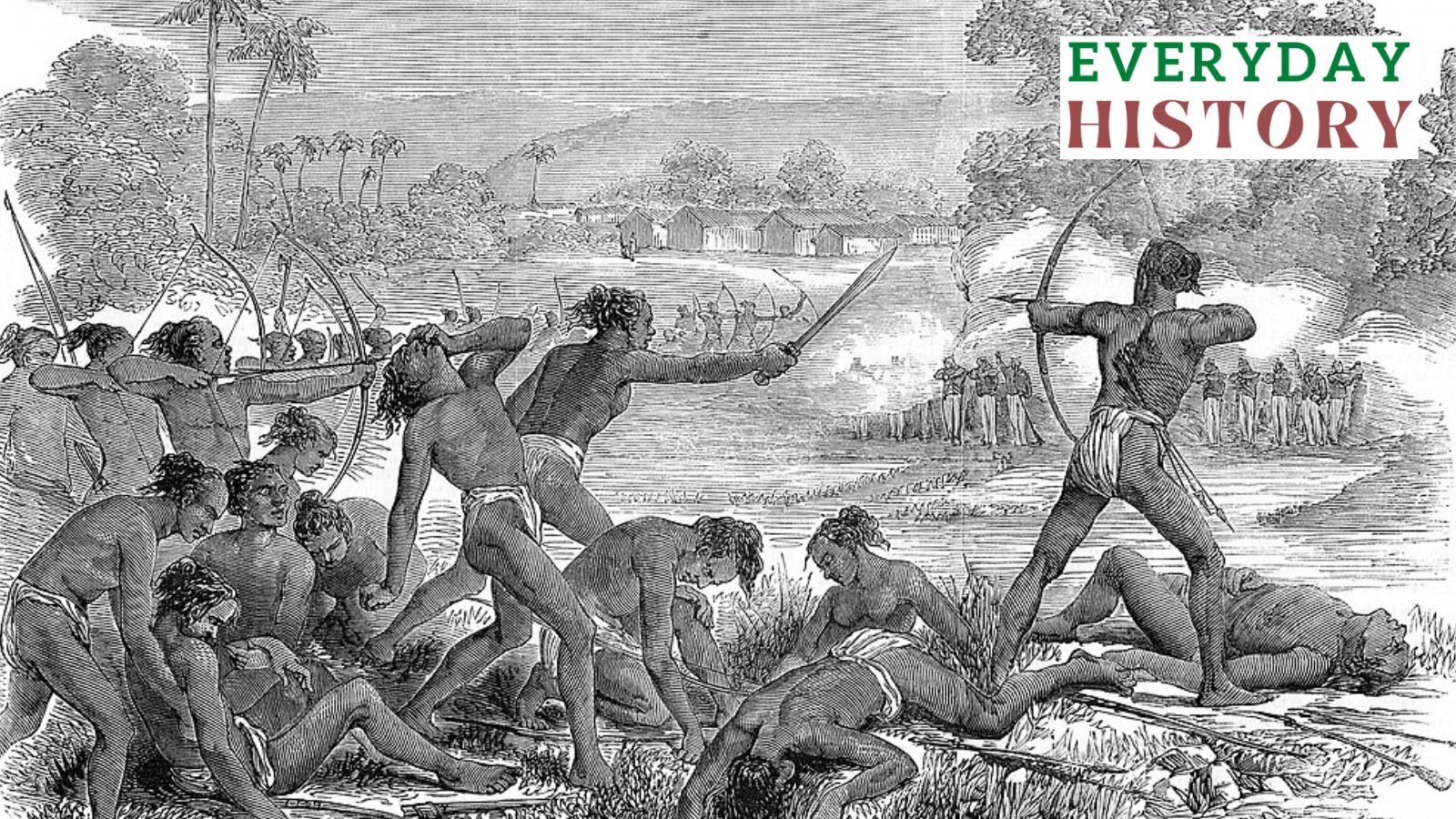What’s the Land Tenancy Act of Santhal Hul and Tribal Land?

(Written by means of Shreya Murmu)

The Santhal Hul of 1855 used to be a rebel towards imperialism led by means of 4 brothers Sidho, Kanho, Chand and Bhairav Murmu, together with sisters Phulo and Jhano. June 30 marks the 169th anniversary of the beginning of the rebel, one of the vital first peasant uprisings towards British colonial oppression.
The Santhals additionally fought towards the higher castes, landlords, inspectors and cash lenders (broadly known as ‘Dikus’) as a way to offer protection to the industrial, cultural and non secular sides in their lifestyles.
Origins of the insurrection
In 1832, sure spaces have been demarcated as ‘Santhal Pargana’ or ‘Damin-i-Koh’, comprising the spaces of present-day Sahibganj, Godda, Dumka, Deoghar, Pakur and Jamtara in present-day Jharkhand. This house used to be allocated to the displaced Santhals from Birbhum, Murshidabad, Bhagalpur, Barbhum, Manbhum, Palamu and Chotanagpur, all of that have been spaces of the Bengal Presidency.
Whilst the Santhals have been promised to settle and soak up agriculture in Damin-i-Koh, what adopted used to be the oppressive follow of land grabbing and two varieties of begar (bonded labour): kamiyoti and harwahi.
The Murmu brothers, who noticed themselves as performing at the prophecy of the Santhal god Thakur Bonga, led about 60,000 Santhals towards the East India Corporate and engaged in guerrilla war which persevered for approximately six months and used to be in any case defeated on 3 January 1856. Greater than 15,000 Santhals have been killed and 10,000 villages have been destroyed.
The British hanged Sidhu on 9 August 1855, adopted by means of Kanhu in February 1856. The rebel used to be over, however its results remained without end.
SPT and CNT Act
The Santhal Pargana Tenancy Act 1876 (SPT Act) enacted by means of the British, which prohibits the switch of tribal land (city or rural land) to non-tribals, used to be a results of the Hul. The land may also be inherited best as in keeping with the Act, thus the Santhals retain the fitting to self-govern their land.
The Chotanagpur Tenancy Act (CNT Act), enacted by means of the British in 1908 on account of the Birsa Motion, permits land transfers inside of the similar caste and likely geographical spaces with the approval of the district collector. The Act additionally prohibits the sale of land belonging to Adivasis and Dalits, whilst permitting land transfers between Adivasi individuals of the similar police station and Dalits of the similar district.
Supply hyperlink
#Land #Tenancy #Act #Santhal #Hul #Tribal #Land




